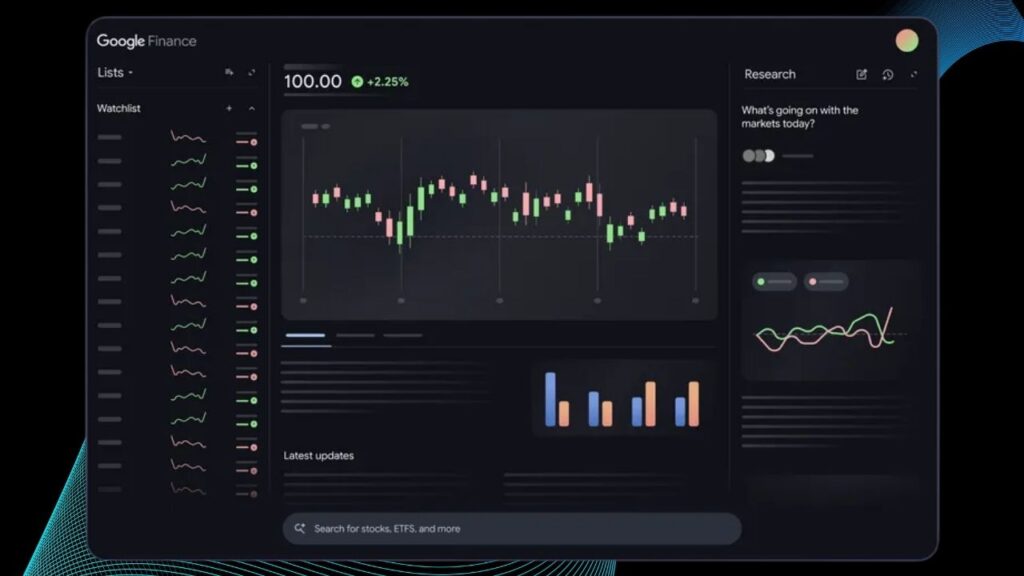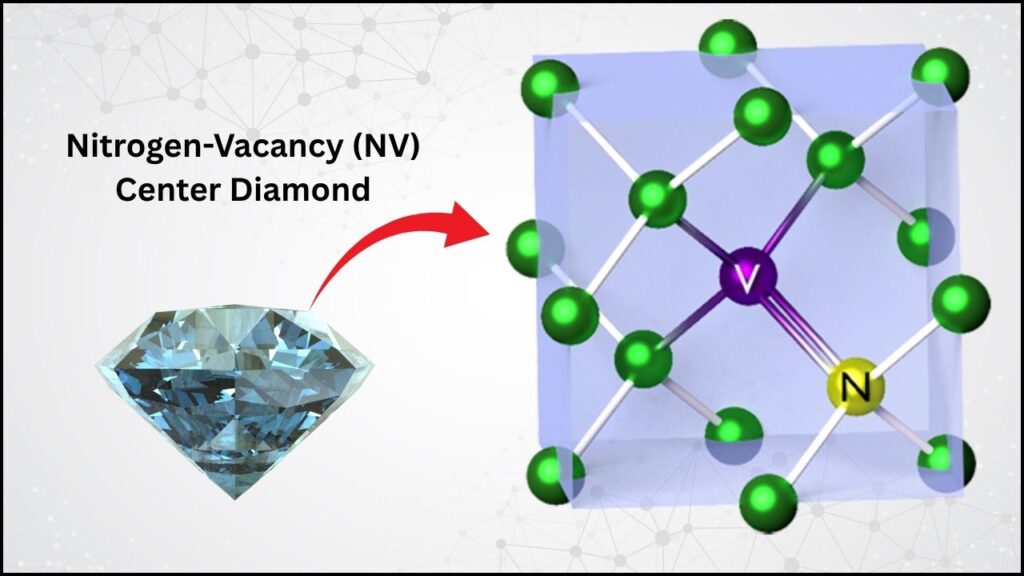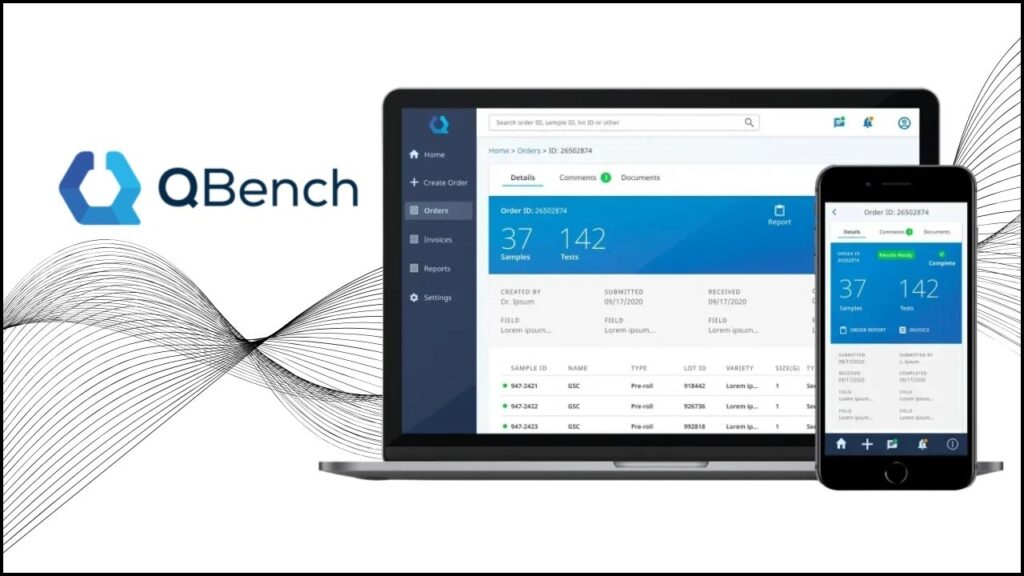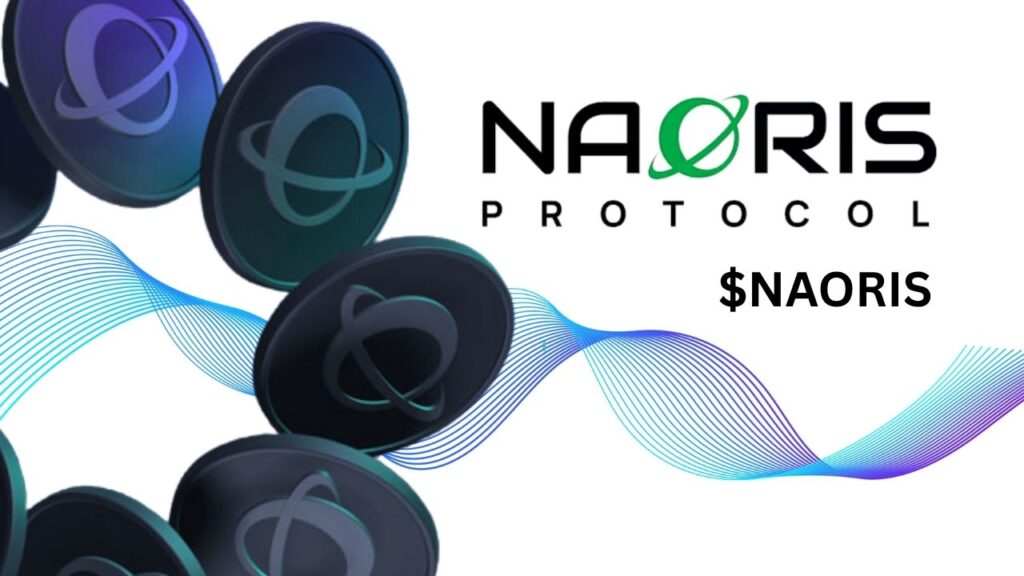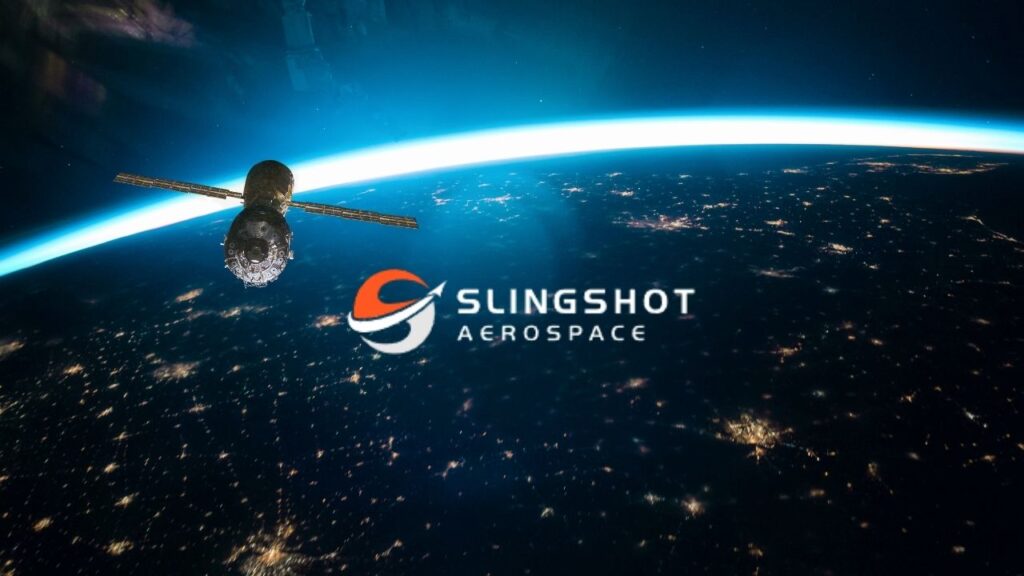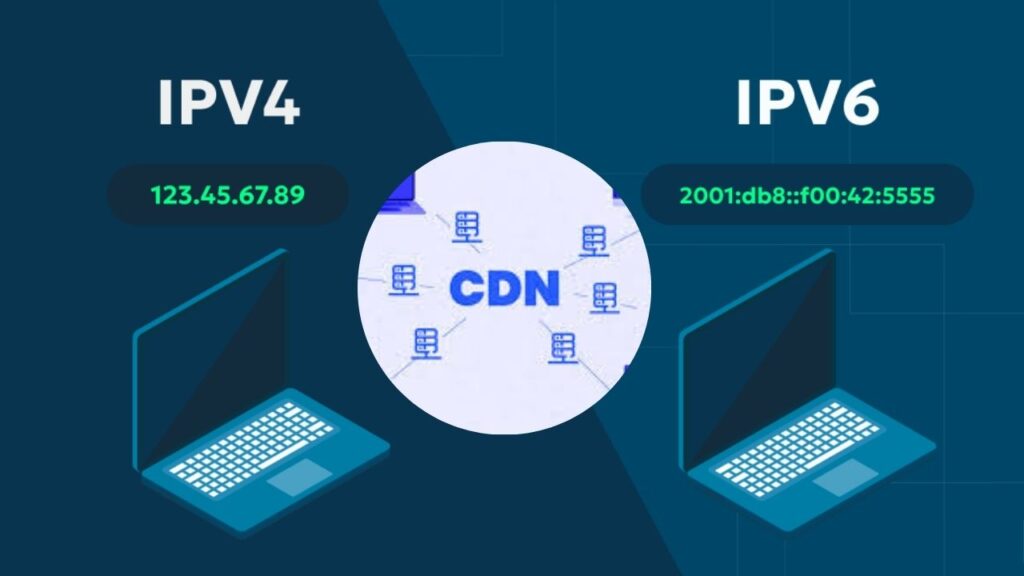India Launches First Full-Stack Quantum Computer Indus: India has marked a historic milestone by launching its first full-stack quantum computer, Indus, developed by the Bengaluru-based startup QpiAI. This achievement is a landmark moment in India’s journey toward becoming a global leader in quantum computing technologies. The Indus quantum computer, unveiled on April 14, 2025, coinciding with World Quantum Day, represents the nation’s commitment to advancing cutting-edge scientific innovation.
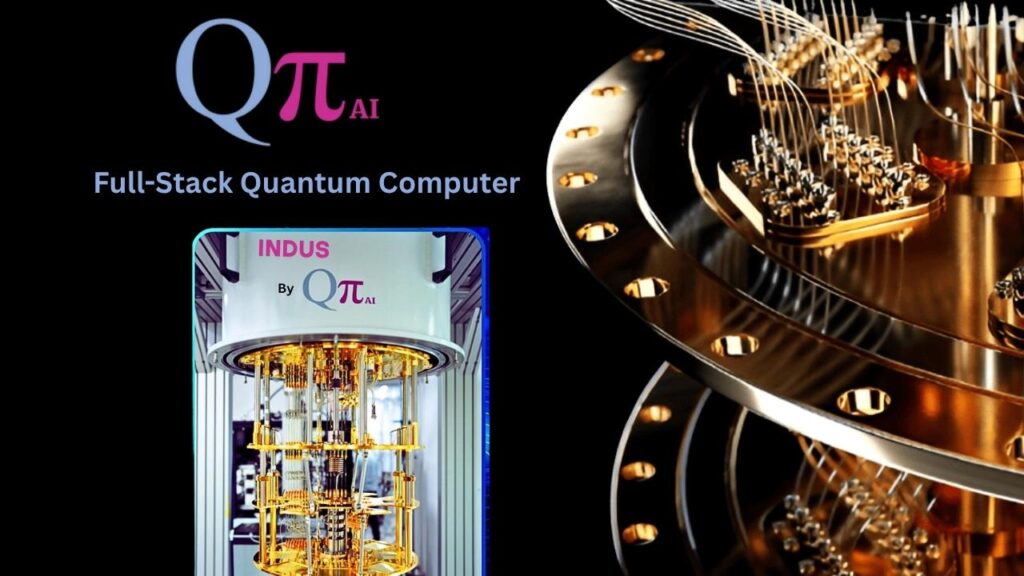
In this comprehensive article, we will delve deep into what the Indus quantum computer is, how it works, its potential applications, and why it matters for India and the world. Additionally, we will explore the broader context of India’s National Quantum Mission, practical implications, and opportunities for researchers and professionals.
Table of Contents
India Launches First Full-Stack Quantum Computer Indus
| Feature | Details |
|---|---|
| Name | Indus (by QpiAI) |
| Launch Date | April 14, 2025 (World Quantum Day) |
| Quantum Capacity | 25-qubit superconducting quantum processor |
| Scalability Roadmap | Plans to scale to 128 qubits within 2 years; 100 logical qubits by 2030 |
| National Funding | ₹6,003.65 crore allocated under India’s National Quantum Mission (2023–2031) |
| Primary Applications | Drug discovery, materials science, mobility/logistics optimization, climate modeling, and more |
| AI Integration | Hybrid classical-quantum computing enhanced with AI for optimized algorithms |
| Official Website | QpiAI |
The launch of India’s first full-stack quantum computer, Indus, heralds a new era in the country’s technological evolution. Equipped with a 25-qubit superconducting processor and powered by AI-enhanced hybrid computing, Indus is a testament to India’s commitment to leading quantum innovation. Supported by the ₹6,003.65 crore National Quantum Mission, this breakthrough promises transformative impacts across healthcare, materials science, logistics, and climate science.
By fostering collaboration and innovation, Indus is poised to empower India’s researchers, industries, and policymakers, positioning the nation as a strong player on the global quantum stage.
What Is Quantum Computing and Why Is It Revolutionary?
To appreciate the significance of the Indus quantum computer, it’s essential to understand what quantum computing entails.
Classical vs Quantum Bits
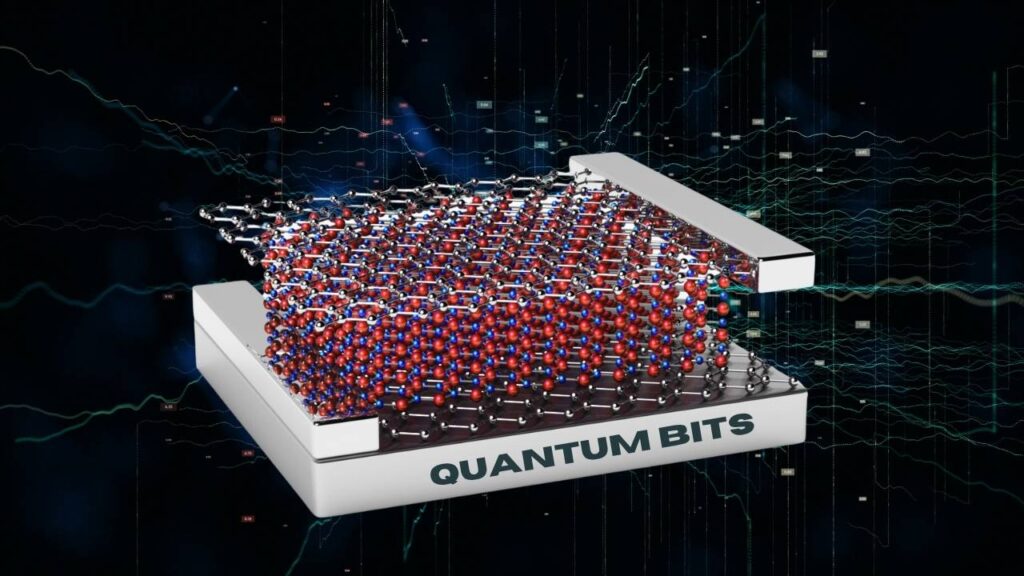
Traditional computers use bits, the smallest units of data, which represent either a 0 or a 1. Quantum computers, however, operate with quantum bits (qubits). Due to quantum phenomena such as superposition and entanglement, qubits can exist in multiple states simultaneously, enabling a quantum computer to process many possibilities at once.
This capability allows quantum computers to solve particular problems much faster than classical computers, especially those involving vast combinations or complex simulations, such as cryptography, optimization problems, and molecular modeling.
Full-Stack Quantum Computing
A full-stack quantum computer integrates all components necessary for quantum processing, including:
- Quantum hardware: The physical qubits and processors.
- Control electronics: Equipment managing qubit states and gate operations.
- Software stack: Programming environments, compilers, and algorithms.
- User interface: Platforms enabling users to develop and run quantum applications.
Having a full-stack system is crucial because it ensures smooth coordination between hardware and software, making the technology accessible and practical for real-world uses.
The Indus Quantum Computer: A Technical and Strategic Breakthrough
25-Qubit Superconducting Quantum Processor
Indus employs a 25-qubit superconducting quantum processor. Superconducting qubits operate by exploiting circuits cooled to near absolute zero (around 20 millikelvin), minimizing noise and preserving delicate quantum states. This technology is currently the frontrunner globally, utilized by companies like IBM, Google, and Rigetti.
This size of 25 qubits enables Indus to perform non-trivial quantum computations that surpass what classical computers can manage efficiently in some cases, particularly in simulating quantum systems and optimization problems.
AI-Enhanced Hybrid Computing
Indus incorporates an AI-optimized hybrid computing model that synergizes classical computing resources with quantum processors. Artificial intelligence is used to:
- Optimize quantum circuits to reduce errors.
- Improve algorithm efficiency.
- Manage noise and decoherence.
This hybrid approach enhances computational power and usability, making Indus suitable for a broader range of users including researchers, industry professionals, and startups.
Roadmap for Scaling
While 25 qubits is significant, quantum computing demands scalability to unlock transformative benefits. Indus’s developers have outlined ambitious plans to:
- Increase quantum processors to 128 qubits within two years.
- Achieve 100 logical qubits by 2030, where logical qubits are fault-tolerant units crucial for error correction and reliable computations.
Such growth aligns with global quantum trends and positions India competitively in the international research landscape.
India’s National Quantum Mission: The Strategic Backbone

The National Quantum Mission (NQM) is a government-backed initiative designed to fast-track quantum technology development. Approved in April 2023 with a budget of ₹6,003.65 crore (approximately $735 million USD), the mission spans eight years (2023–2031).
The mission’s key objectives include:
- Developing intermediate-scale quantum computers.
- Building quantum communication networks.
- Fostering academic-industry partnerships.
- Developing a skilled quantum workforce.
- Encouraging quantum technology adoption across sectors like health, defense, agriculture, and environment.
Indus is a flagship project supported by this mission, signaling India’s strong public-private collaboration model.
Practical Applications and Impact of Indus
Drug Discovery and Life Sciences
Quantum computing can simulate molecular structures and interactions at a level of detail unattainable by classical computers. This can significantly reduce the time and cost involved in developing new drugs, vaccines, and personalized medicine.
India’s pharmaceutical sector, valued at over $50 billion (India Brand Equity Foundation, 2025), stands to benefit immensely by leveraging Indus for accelerated R&D.
Advanced Materials Research
Designing new materials with unique properties such as superconductors, catalysts, or energy-efficient materials requires complex quantum simulations. Indus’s capabilities enable researchers to explore novel compounds and structures faster, accelerating innovation in energy, electronics, and manufacturing.
Mobility and Logistics Optimization
Quantum algorithms can optimize complex logistics networks, from traffic flow to supply chains, reducing costs and environmental impact. This is particularly relevant for India’s rapidly growing urban centers and e-commerce sectors.
Climate Modeling and Environmental Science
Quantum computing enables more precise modeling of atmospheric and oceanic processes, which are computationally intensive. Indus can support researchers and policymakers in developing robust climate action plans based on accurate simulations.
How Indus Empowers Professionals and Researchers
- Democratization of Quantum Tech: The hybrid AI interface allows even those without advanced quantum expertise to utilize Indus’s power.
- Collaboration Opportunities: Opens avenues for academia, startups, and industries to develop quantum-based applications.
- Boosts Innovation Ecosystem: Encourages novel research directions in quantum algorithms, hardware, and AI integration.
- Career Development: Generates demand for quantum engineers, software developers, data scientists, and AI specialists.
How to Get Started with Quantum Computing in India: A Step-by-Step Guide
Step 1: Build Foundational Knowledge
Start with resources such as IBM Quantum Experience, Microsoft Quantum Development Kit, and online courses from platforms like Coursera and edX. Books like Quantum Computing for Everyone by Chris Bernhardt are also highly recommended.
Step 2: Follow National and Industry Initiatives
Stay updated on the National Quantum Mission via official sites like India’s PIB, Ministry of Science and Technology, and news from startups like QpiAI.
Step 3: Access Quantum Computing Platforms
Use public quantum computing resources such as IBM Quantum, Google Quantum AI, or QpiAI’s own platforms when available for hands-on experimentation.
Step 4: Participate in Research and Industry Projects
Look for internships, collaborative projects, or innovation challenges focused on quantum technologies.
Step 5: Pursue Advanced Education and Specialization
Enroll in specialized programs in quantum computing, quantum information science, or quantum engineering offered by Indian institutes like IISc Bangalore, IITs, and international universities.
Innovative Composite Material Helps Solar Panels Stay Cooler and Work More Efficiently
New 3D Textile Material Designed to Improve Mobility and Comfort in Wearable Tech
FAQs About India Launches First Full-Stack Quantum Computer Indus
Q1: What differentiates a qubit from a classical bit?
A qubit can represent 0 and 1 simultaneously due to superposition, allowing quantum computers to evaluate multiple outcomes at once. Classical bits represent either 0 or 1 at a given time.
Q2: Why is superconducting technology favored for qubits?
Superconducting qubits offer relatively fast operation speeds and coherence times suitable for practical quantum computing, making them widely used in leading quantum computers worldwide.
Q3: What role does AI play in quantum computing?
AI helps improve quantum algorithms by optimizing circuits and correcting errors, making quantum computing more reliable and accessible.
Q4: Who will be able to use the Indus quantum computer?
Initially, Indus access is expected to be available to research institutions, government agencies, startups, and industries engaged under the National Quantum Mission, with future plans for broader access.
Q5: What are logical qubits, and why do they matter?
Logical qubits are error-corrected qubits built from multiple physical qubits, enabling reliable quantum computations essential for scaling quantum computers to solve real-world problems.



